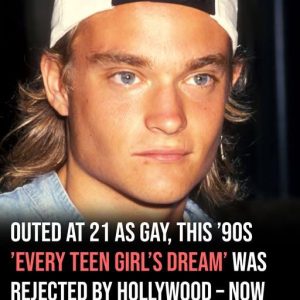The “thigh gap” trend has lingered in popular culture for years, symbolizing a certain body ideal. Despite evolving conversations around beauty and inclusivity, this narrow space between the thighs when standing straight continues to be idolized by many as a marker of thinness and desirability.
One major misconception about the thigh gap is that it’s simply a matter of willpower—eat less, exercise more, and it’ll happen. In reality, genetics play a huge role. Factors such as hip width, bone structure, and how muscle is distributed in the body determine whether a person naturally has a thigh gap.
Social media platforms like Instagram and TikTok have fueled the thigh gap obsession by spreading content that glamorizes it. Users post “before and after” photos, fitness routines claiming to target inner thighs, or viral challenges that subtly—or overtly—promote this specific body trait.
The problem with these posts is that they often present the thigh gap as universally achievable, creating unrealistic expectations. For most people, attaining one may be impossible without resorting to unhealthy dieting or overexercising, both of which can harm physical and mental health.
The persistence of the thigh gap trend reveals deeper cultural issues. It’s not just about aesthetics—it’s about societal pressure to conform to narrow standards of beauty. These ideals are rarely questioned, leaving many feeling inadequate simply because of how their body is naturally built.
Celebrating body diversity is crucial in pushing back against this mindset. Not having a thigh gap isn’t a flaw, nor does it reflect negatively on a person’s fitness, health, or worth. Bodies are meant to be different.
Instead of striving to meet unattainable physical standards, a healthier approach is to focus on what your body can do—its strength, mobility, and resilience. Prioritizing mental and physical well-being leads to better long-term outcomes.
In the end, the thigh gap is a product of unrealistic beauty expectations. It’s time to move past harmful trends and embrace real, inclusive beauty that doesn’t require squeezing into impossible ideals.




